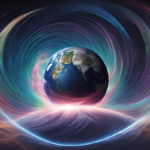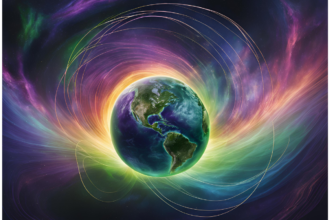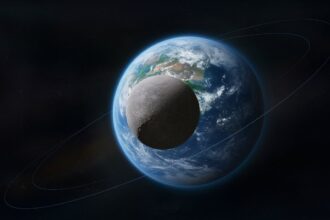When we think of exploring the unknown, our minds often wander to the stars. Yet, some of the greatest mysteries lie deep beneath the ocean’s surface. One of the most fascinating and least explored places on Earth is the Mariana Trench, the deepest part of the world’s oceans.
The Depths of the Mariana Trench
The Mariana Trench is located in the western Pacific Ocean, to the east of the Mariana Islands. This underwater chasm reaches an astonishing depth of about 11,000 meters (36,000 feet) at its deepest point, known as the Challenger Deep. To put this into perspective, if Mount Everest were placed inside the trench, its peak would still be over a mile underwater. The sheer depth creates an environment of extreme pressure, with over 1,000 times the atmospheric pressure at sea level.
Life in the Abyss
Despite the extreme pressure, freezing temperatures, and complete darkness, the Mariana Trench is teeming with life. Scientists have discovered unique and resilient creatures that have adapted to these harsh conditions. These include the eerie-looking anglerfish, which uses a bioluminescent lure to attract prey, and the giant amoebas known as xenophyophores, which thrive in the deep-sea mud. Other fascinating inhabitants include the snailfish, which can survive the immense pressure, and the deep-sea shrimp, capable of withstanding the cold and darkness.
Scientific Exploration
Exploring the Mariana Trench is no easy feat due to the immense pressure and darkness. However, advancements in technology have made it possible for manned and unmanned submersibles to venture into these depths. In 1960, the bathyscaphe Trieste made the first manned descent to the Challenger Deep. More recently, in 2012, filmmaker James Cameron made a historic solo descent to the bottom of the Challenger Deep, capturing stunning images and collecting valuable scientific data. These missions have provided unprecedented insights into this alien-like environment.
The Geological Significance
The Mariana Trench is not just a point of interest for biologists; geologists also find it fascinating. The trench is formed by a process called subduction, where the Pacific Plate is forced under the smaller Mariana Plate. This tectonic activity is responsible for creating some of the planet’s most dramatic geological features and is crucial for understanding plate tectonics and the Earth’s internal processes.
Why It Matters
The Mariana Trench holds clues to understanding the Earth’s geological processes and the origins of life. Studying this deep-sea environment can provide insights into how life can survive in extreme conditions, which is crucial for astrobiology and the search for life on other planets. Moreover, the trench’s unique ecosystem can offer valuable information about biodiversity and the adaptation mechanisms of deep-sea organisms.
The Future of Exploration
The future of exploring the Mariana Trench is promising, with new technologies allowing for deeper and longer dives. Autonomous underwater vehicles (AUVs) and remotely operated vehicles (ROVs) are increasingly used to map the trench and study its inhabitants. These advancements will enable scientists to uncover more secrets hidden in the depths and possibly discover new species.
Conclusion
The Mariana Trench remains one of the most mysterious and awe-inspiring places on our planet. Its extreme environment challenges our understanding of life and geology, making it a captivating subject for scientists and curious minds alike. As we continue to explore this underwater frontier, we are reminded of the boundless wonders of our planet and the endless possibilities for discovery.
Dive deeper into the wonders of our planet with factsgk.com! Subscribe to our newsletter for more amazing facts that will ignite your curiosity and expand your knowledge. Stay curious and keep exploring!

















